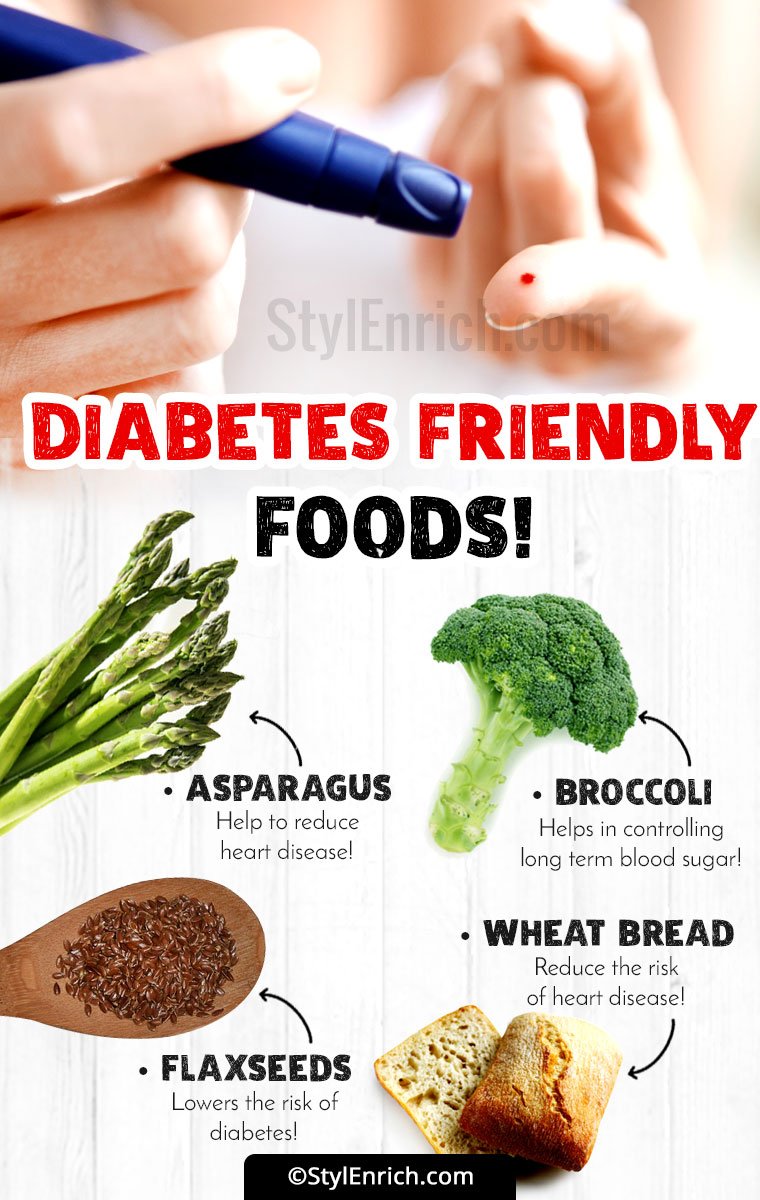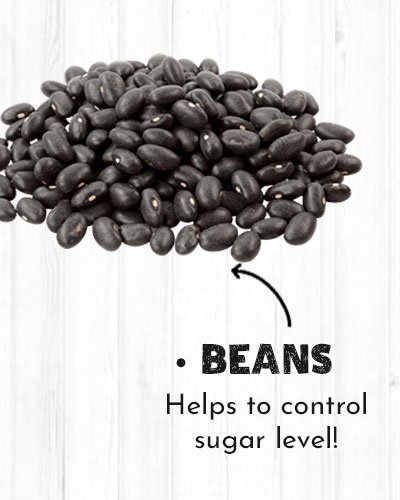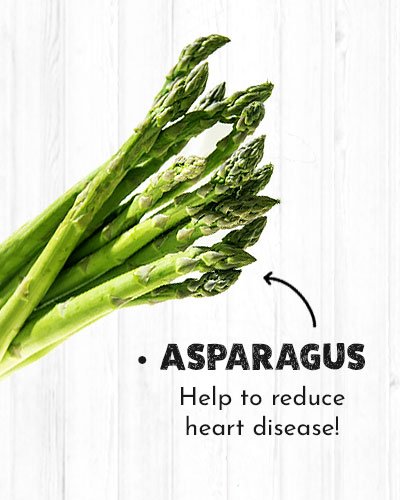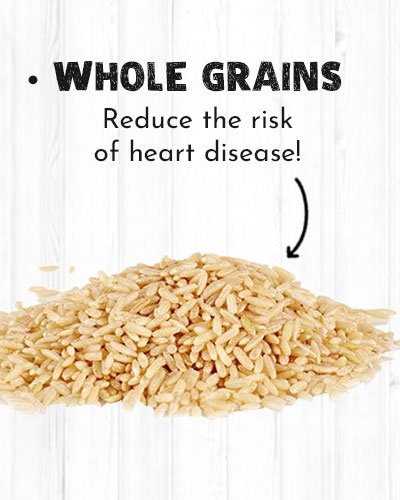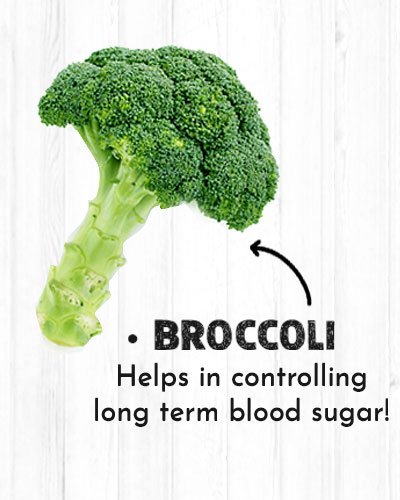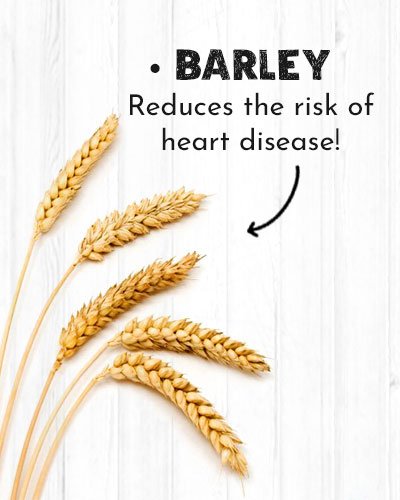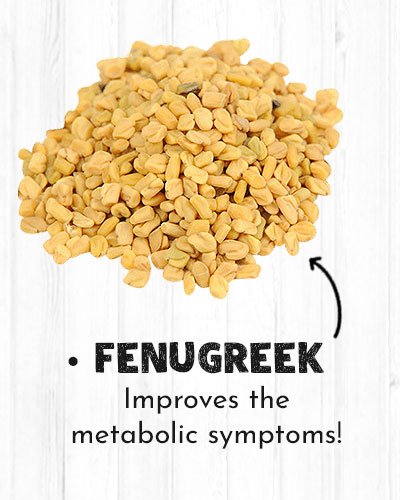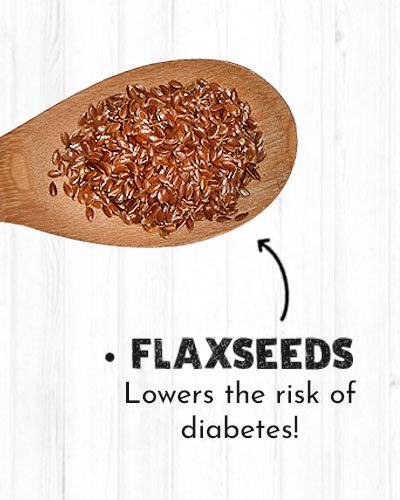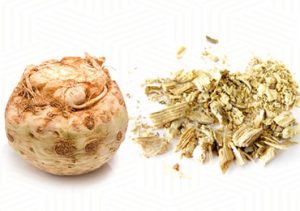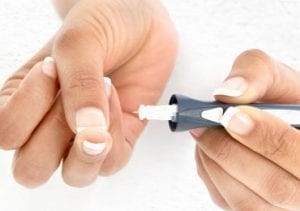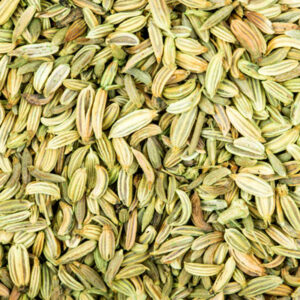- If you have been diagnosed with diabetes mellitus, then you tend to get confused what you eat.
- There may not be specific diet for diabetes but adding certain foods will surely help you to control the levels of blood glucose, blood lipids and blood pressure.
- You don’t need to have anything special in your diet if you are diabetic except that you need to be careful about the number of calories you take.
- There are certain foods for Diabetics, as they contains certain valuable nutrients that can help in various ways in managing diabetes.
When we are diagnosed with diabetes mellitus, having a healthy balanced meal has always been recommended for managing diabetes. A right meal helps to keep cravings at bay, manage the sugar levels, lower the cholesterol and blood pressure and manage with ideal body weight. When we have the knowledge of what to eat and what to avoid, it becomes easier for us to plan a healthy diet.
The foods suggested for diabetes patients are most probably the whole foods with the good amount of fiber. Refined foods are generally not recommended for them. Including whole foods in the diet will not only help you meet the nutritional needs but also reduce the risk of diabetes complications.
However that doesn’t mean that you need to have only these foods throughout the plan, but yes, you can include some or all of these foods in your plan to keep diabetes under control. Below is a list of some foods that you must consider if you are diagnosed with diabetes.
Food For Diabetics
1. Beans
Beans has been considered as a magical food as it is high in protein as well as fibre. From controlling diabetes point of view, it is seen that having a cup of beans or legumes everyday lead to better sugar control and lower blood pressure. The various varieties of beans are black, white, Lima, kidney and pinto. Prefer the dry beans where you need to soak the beans overnight and pressure cook the beans to make it soft in order to incorporate the beans in salads, wraps, burritos, and soups or as it is.
Beans can be preferred when soaked and cooked. It becomes better when the beans are sprouted as it enhances the nutritional quality and digestibility of beans. Apart from this, beans are also the cheapest source of protein and are easily available.
2. Asparagus
Asparagus has been popular for its taste. Apart from this, Asparagus is a powerful weapon for controlling the blood sugar level by keeping the blood sugar level in check and increase the level of insulin hormone. Asparagus is a non-starchy vegetable consisting of 5 gms carbohydrates, 20 calories and 2 gms fibre per serving.
Asparagus is also rich in antioxidant called Glutathione that helps in easing out the effects of aging and other diseases like cancer, diabetes and heart disease. About ½ cup serving of asparagus consists of 33% of the 400 micrograms of recommended folate level. Eating foods high in folate and other B vitamins help to reduce the levels of homocysteine which is a risk factor for heart disease.
3. Whole Grains
Type 2 diabetes is America’s one of the major and ever growing health problem. It is estimated that around 1.5 million people are newly diagnosed with diabetes every year. This is alarming, isn’t it?
A recent research has found that consuming more whole grains may reduce the risk of Diabetes. It can also help in preventing serious health problems like heart disease and damage to kidney.
Whole grains are packed with fibre and complex carbohydrates. Unlike refined grains they do not quickly break down inside the digestive tract. As a result they do not raise the blood sugar level.
High-fiber diets also help you to maintain lower body weight. This, in turn helps prevent type-2 diabetes.
Consider following grains –
- Bulgur (cracked wheat)
- Whole wheat flour
- Buck wheat
- Brown rice
- Wild rice
- Quinoa
- Popcorn
- Whole rye
You can consume grains in many ways possible. Bake the cake with whole wheat flour rather than refined. Start your day with high bran cereal rather than sugary cereals. Use whole wheat pasta and an enormous amount of vegetables and improve the fibre content. Prepare sandwiches with brown bread rather than white bread.
4. Broccoli
Broccoli is a key to lower the levels of blood glucose as it contains a compound that will help in controlling diabetes. A chemical found in broccoli and other cruciferous vegetables and the sprouts contain sulforaphane that will lower the blood glucose level.
It is true that many people don’t like Broccoli. But Broccoli is filling, fibrous and consists of antioxidants. It is a very good source of Vitamin C. It can provide a day’s worth of Vitamin C per serving. It is also full of chromium that will help in controlling long-term blood sugar level. There are ways of incorporating broccoli like adding it to soups or vegetable casserole or tossing broccoli with garlic or soya sauce that tastes yummy.
5. Barley
Barley also called “Food for the Gladiators”. It contains various nutrients that makes it an important food in the food list for diabetes. The mixture of fibres present in barley helps increasing the production of good bacteria that can release hormones that can reduce the appetite and reduce the risk of heart disease.
A cup of barley which is in whole and cooked form contains 14 gm of total fibre, 3 gm soluble fibre and 11g insoluble fibre. A cup of pearl barley which is cooked, contains 6gm of total fibre with 2 gm soluble fibre and 4gm insoluble fibre.
The soluble fibre present in barley helps in forming a gel when mixed with the liquids in the stomach and slows down the emptying of the stomach thereby reduces the rise in blood sugar level. The glycemic index of Barley is low that comes up to 25, in comparison with 58 in oatmeal and 55 in brown rice. Thus the probability of raising the blood sugar levels after eating barley is less.
One cup of whole grain cooked barley contains 122 mg whereas one cup of pearled barley contains 34mg magnesium that acts as a co-factor for enzymes which are required for the production and secretion of insulin and utilization of glucose.
Ways to incorporate barley into our diet are:
- Eat whole grain bread that contains barley.
- Add barley to stews and soups.
- Substitute barley in white rice or potatoes.
- Prepare a hot cereal by adding barley
- Mix barley into the salads.
6. Fenugreek
Fenugreek is a key ingredient in many cuisines, especially Indian, in curries and other foods. Fenugreek is an aromatic plant which has uses in both culinary and medicine. The leaves are either sold as a fresh vegetable. It s also also sold as sprouted or in dried form as a herb. The seeds are used as a spic, both in whole and as powdered.
Fenugreek seeds are high in soluble fibre. Hence it slows down the absorption of carbohydrates and lowers the blood sugar level. Fenugreek seeds help to improve the metabolic symptoms associated with type 1 and type 2 diabetes by lowering the levels of blood glucose and improving the glucose tolerance.
Fenugreek seeds have an unusual amino acid called 4 hydroxyisoleucine that helps in increasing the insulin secretion and increasing the insulin sensitivity essential for treating type 1 and type 2 diabetes. Being bitter it puts you off from consuming it but there are ways of consuming fenugreek, as below –
- As a dry roasted fenugreek seeds as well as powdered seeds. It can be sprinkled on soups, curries, and salads.
- Soak the fenugreek seeds and allow it to sprout. The sprouts can be added into the salads or rice.
- Fenugreek leaves can be added in fresh form into the rotis (chapati’s), idli or dosa batter and parathas.
- Prepare the herbal tea of fenugreek seeds with lemon and honey, which is very effective.
7. Flaxseeds
Researchers have found that consumption of certain plant foods have always been beneficial as it lowers the risk of diabetes. Flaxseeds improve the insulin sensitivity of the glucose intolerant patients. Diabetics who took a tablespoon of ground flaxseeds every day for a month experienced a drop in fasting blood sugar, triglyceride, and cholesterol level as well as drop-in A1C level.
It is best to have powdered flaxseeds as the body cannot get access to nutrients when eaten in whole form and it will pass through undigested. Another best way of consuming flaxseeds is when it is sprouted. Soaking the flaxseeds and sprout them will enhance the mineral absorption. Ways to consume flaxseeds are –
- Sprinkle about 1 tablespoon flaxseed powder on smoothie.
- Add the ground flaxseed into wheat muffins and ragi cookies.
- Mix powdered flaxseed with water and use as an egg substitute.
We have many gems in our foods that always help in managing diabetes. However, the keyword to diet in controlling diabetes is – Balance. Have a balanced diet along with physical activity always help in achieving a healthy lifestyle.
Was this article informative? Why not share it with your friends on social media? ALso please share your experience with us in the comments section below.
Have a great day!
